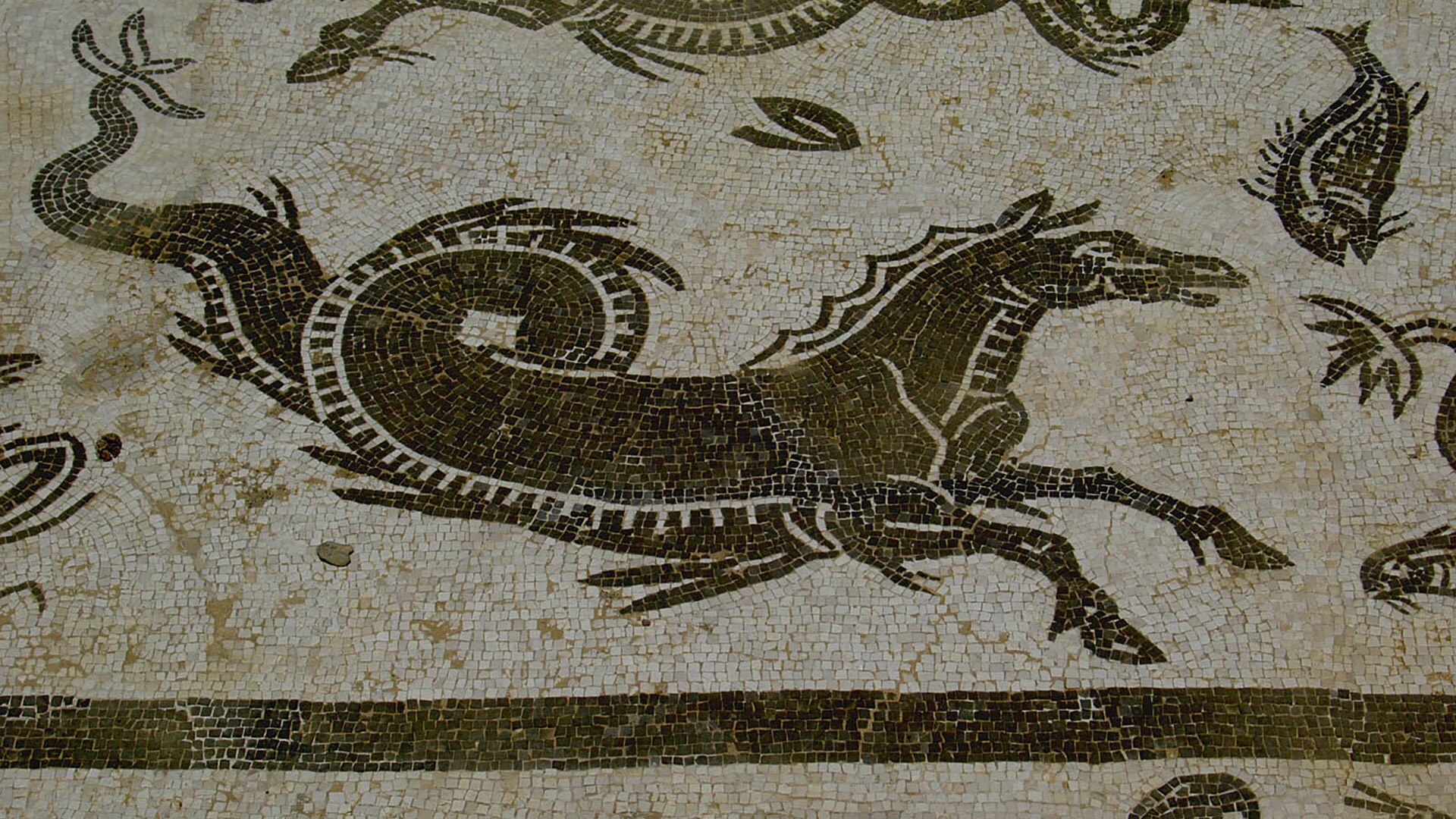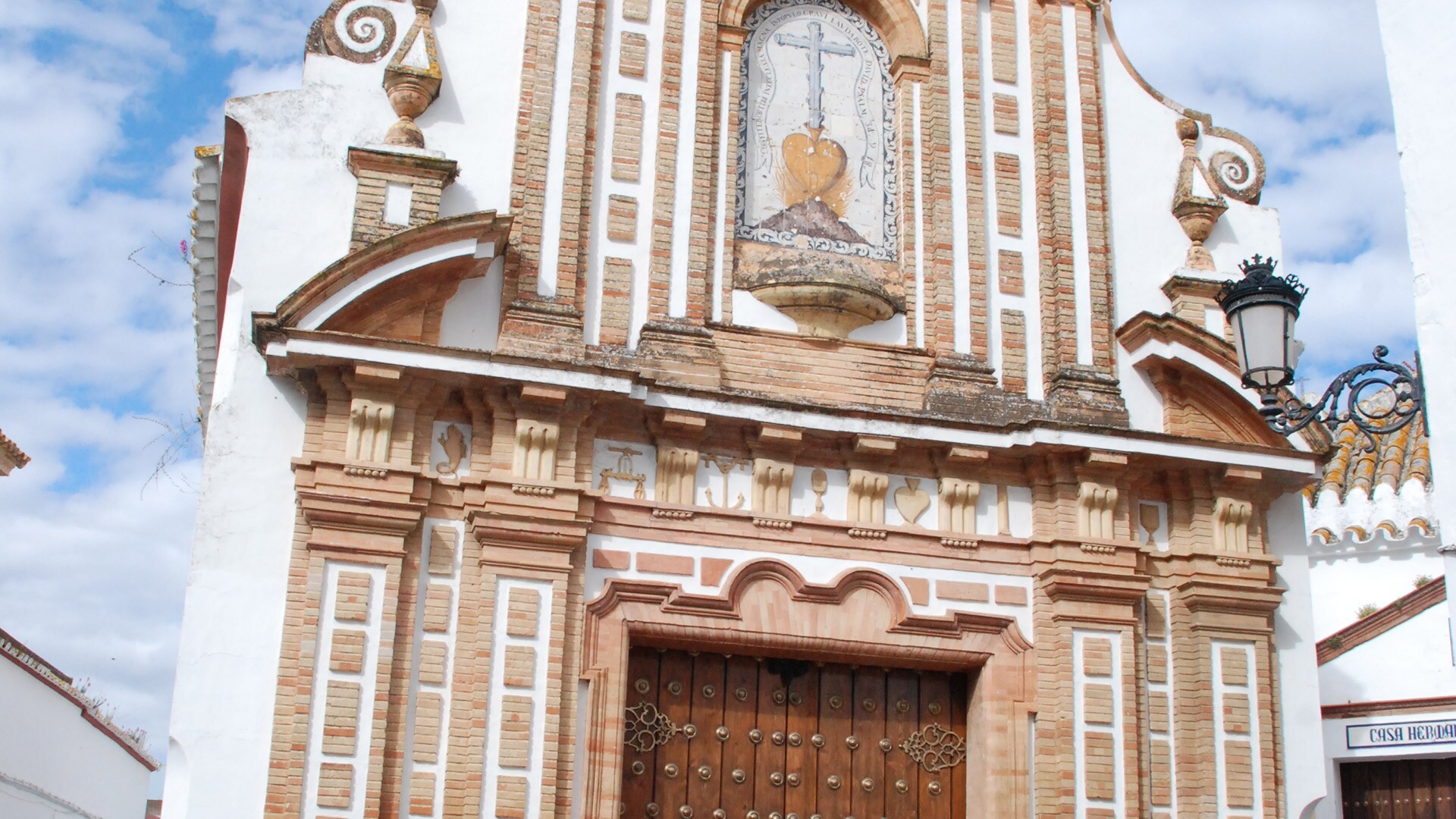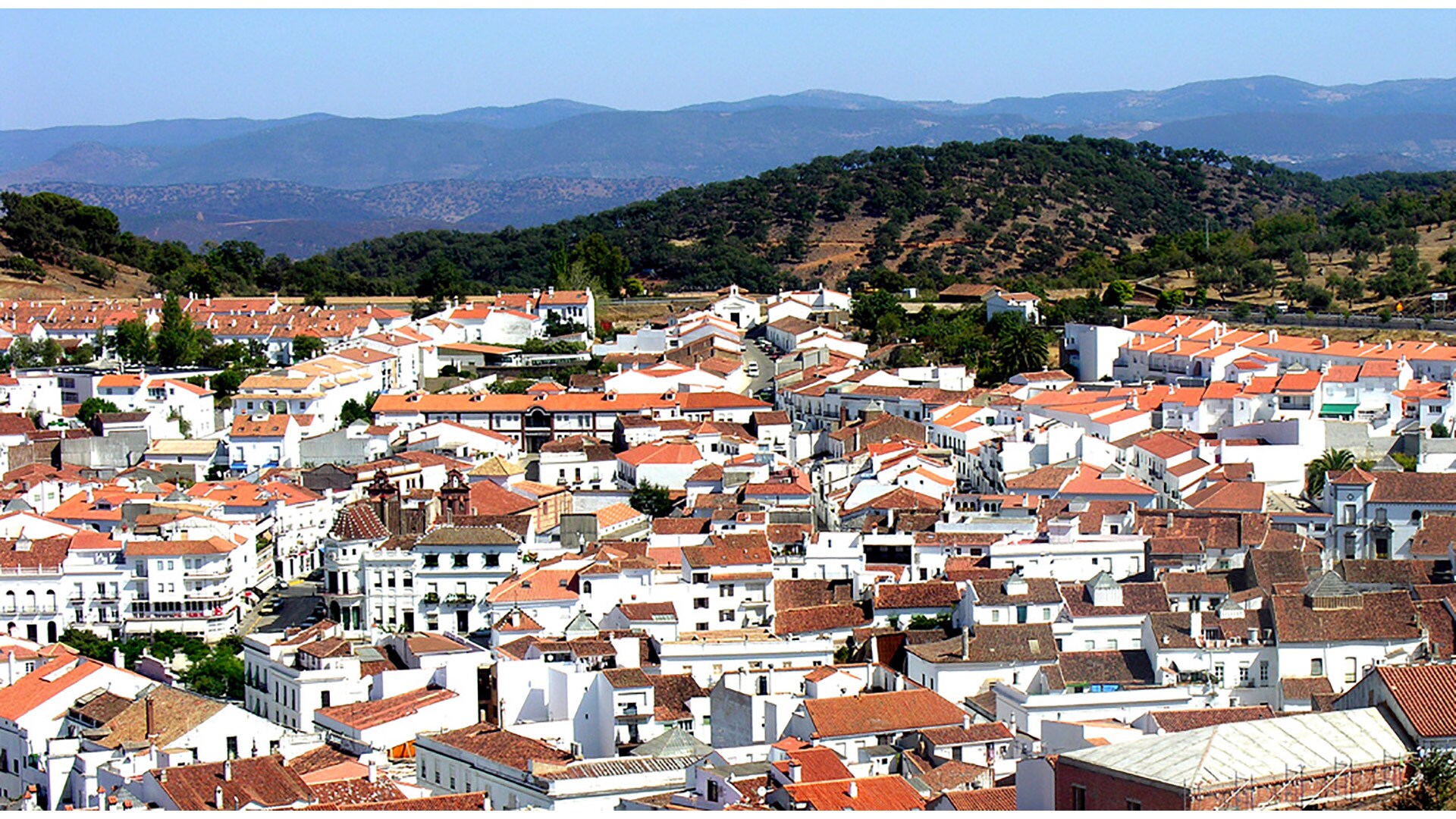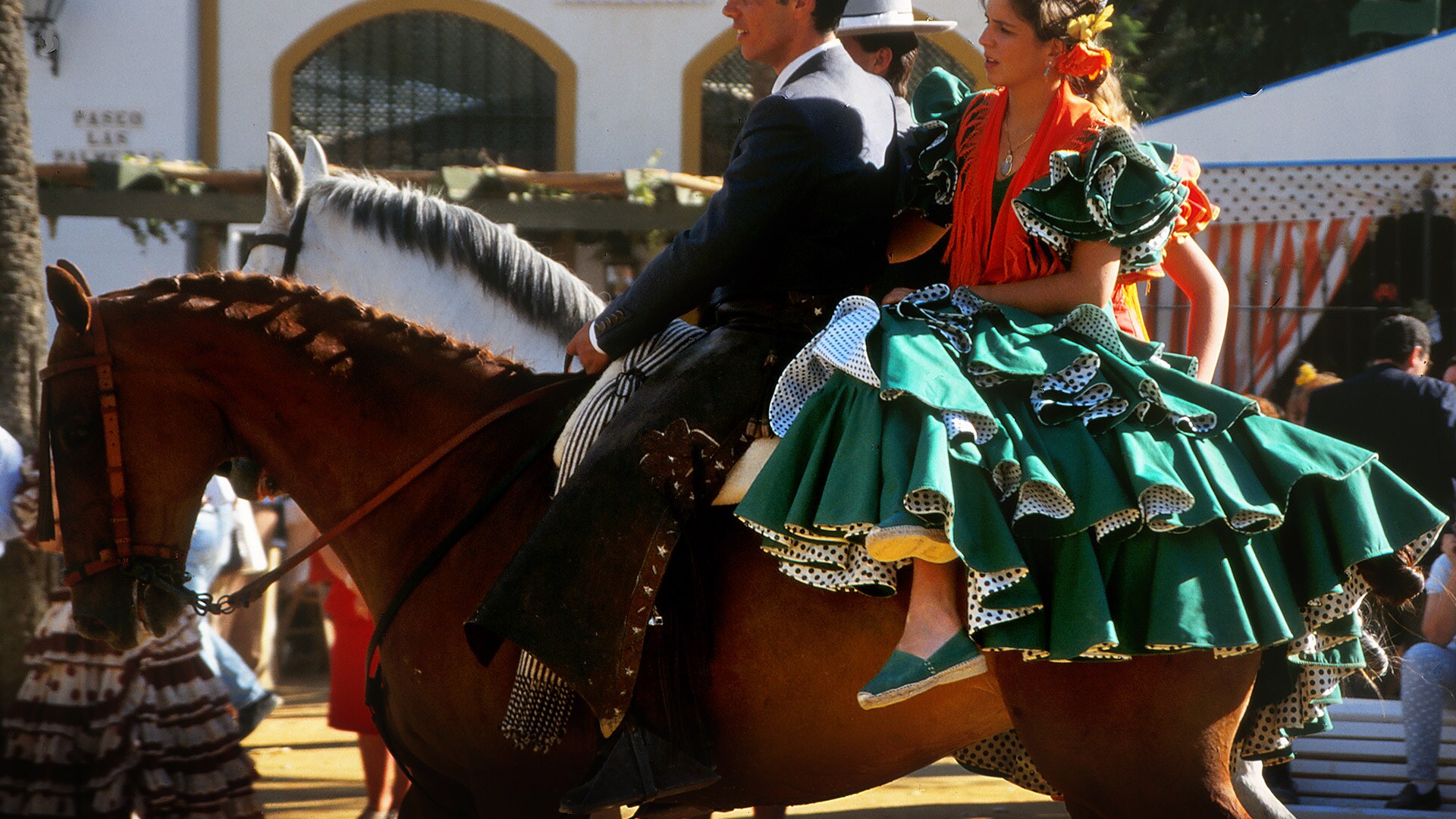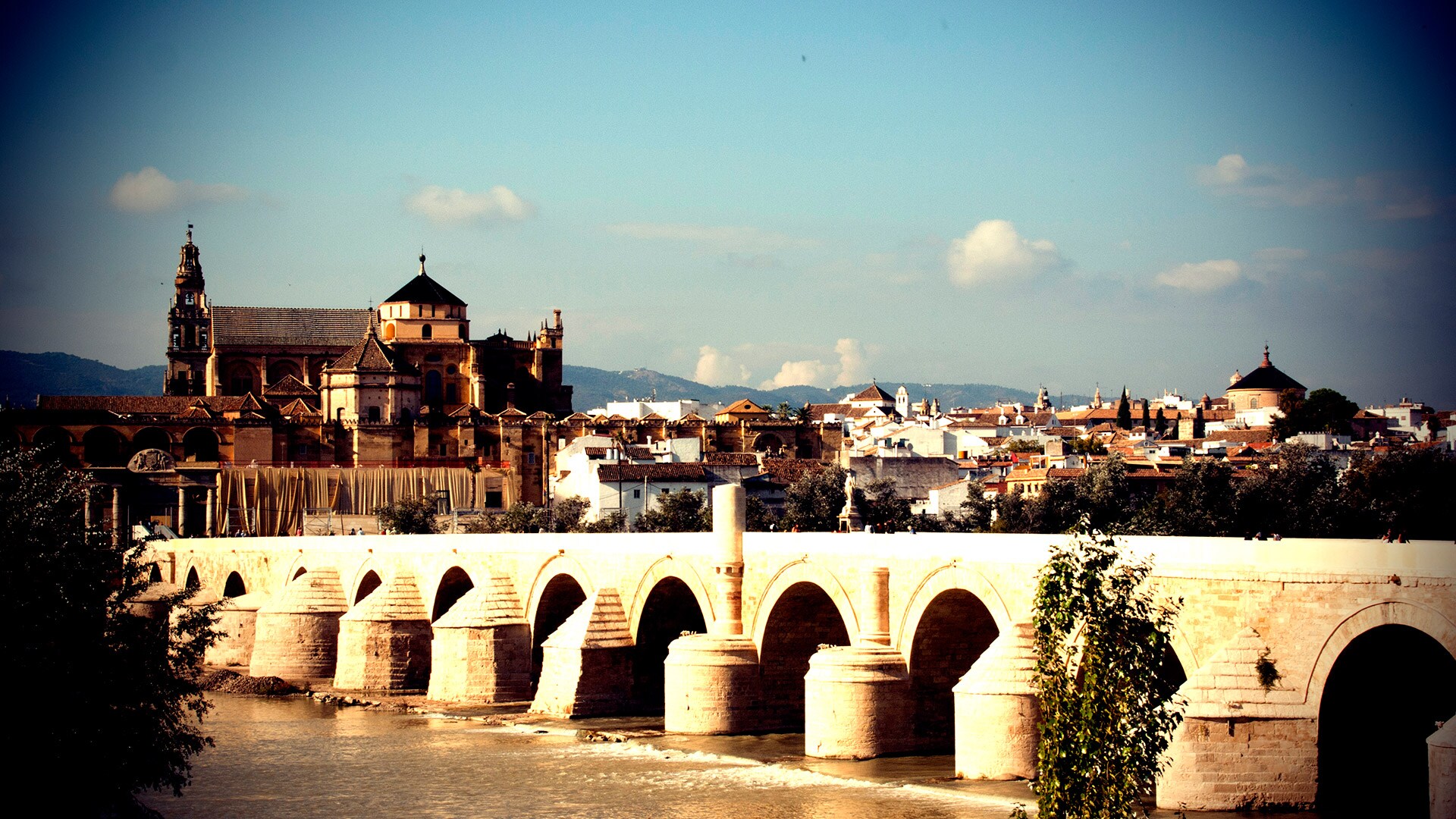Beyond Seville
The capital of Andalusia was once an economic powerhouse of the Spanish Empire, with a history steeped in multiculturalism, exploration and discovery.
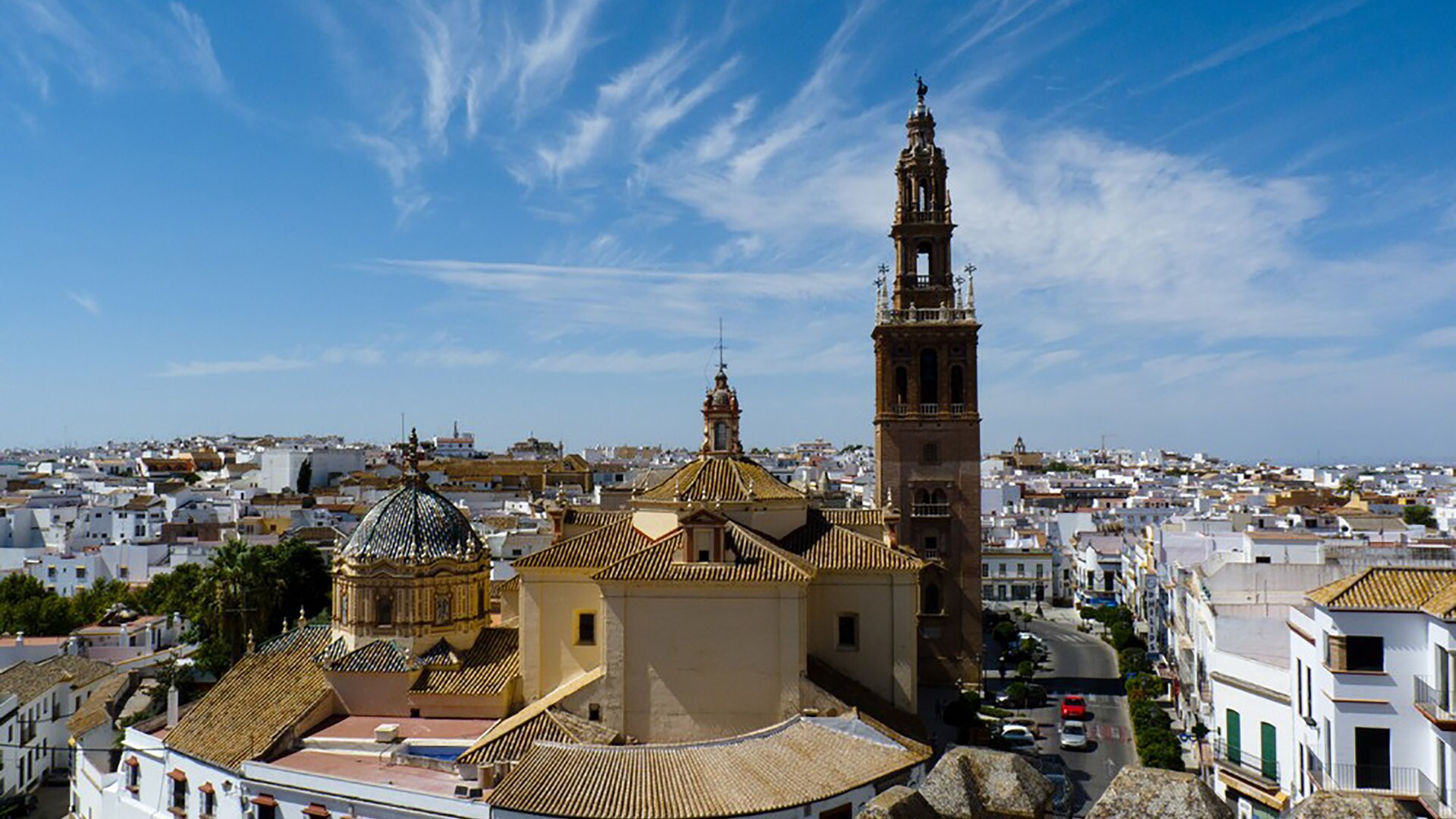
-
Italica
13 km
Abandoned in the third century after its inhabitants fled to neighbouring Seville, the Roman ruins of Italica have been carefully preserved. A grand amphitheatre is a highlight, as are the well-maintained mosaic floors in the House of the Planetarium. Inside, you will find depictions of the seven gods after whom the days of the week are named.
Walk around and marvel at the aqueducts and underground drains that once gave the city its fresh water and thermal baths. The streets are laid out in a grid, hinting at the advanced skill of town planners.
-
Carmona
35 km
This hilltop town is one of the oldest urban settlements in Europe and site of repeated conquest attempts by invaders hoping to secure the fertile territory below.
Bearing witness to some epic historical clashes through the years, rival clans have left a myriad of cultural and architectural influences on the town. Notable examples include the Moorish arch of Puerta de Sevilla and the Gothic church of Santa María. The high point for any explorer might be the 13th-century King Don Pedro Fortress, built during the reign of Pedro the Cruel, last ruler of the main branch of the House of Burgundy.
Finish the day with a slice of the local delicacy of Torta inglesa, or English cake, handmade by the nuns of Santa Clara.
-
Aracena
90 km
Controlled by the Knights Templar until 1312, this settlement at the foothills of the Sierra Morena mountains is known as much for its archaeological riches as it is for its gastronomic ones — this is the home of Iberico ham (or Jamon de Huelva).
With a museum dedicated to honouring the local delicacy, the town’s reverence of swine is also rooted in the discovery of its other great attraction, the Gruta de la Maravillas (Cave of Marvels). According to legend, the underground riches were first found by a local boy searching for his lost pig. Known as the "Glassworks of God," the splendor of these spectacular limestone caves exceeds the ruins of the town’s medieval castle.
-
Jerez de la Frontera
92 km
Capturing the true spirit of Andalusia, Jerez’s reputation extends far beyond its most famous export: sherry. The annual Flamenco Festival, with equestrian acrobatics and streets lined with tabanacos and lilac jacaranda blooms, brings this historic region to life.
Similarly, the annual Motorcycle Grand Prix — hosted at the Circuito Permente de Jerez — never fails to bring a burst of noise and colour.
The Alcazar, an 11th-century fortress, is well worth a visit. Climb to the top of the 17th-century cathedral, which borrows influence from baroque, gothic and neoclassical styles.
Head about 20 miles to the coast to the ancient port city of Cadiz, which boasts around 3,200 hours of sunshine a year and is where Christopher Colombus embarked on two voyages to the Americas.
-
Córdoba
140 km
With its medieval Jewish quarters, Islamic palace ruins, and Renaissance era Palacio de Viana, Córdoba’s architecture tells a story of a tolerant society where minorities have long lived side by side. Its star attraction, the Mezquita Mosque-Cathedral, is a thing of beauty in both concept and execution and stands as a testament to this multicultural past.
Throughout the warmer months, Córdoba becomes a city in bloom as patios and courtyards erupt into colour and flower festivals occur. The Batalla de las Flores, held on the last Sunday in April, should not be missed. Also, visit the terraced gardens of the 14th-century Alcázar de los Reyes Cristianos, a real horticultural highlight.
